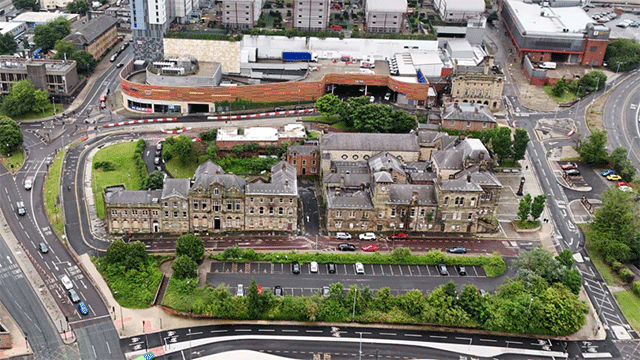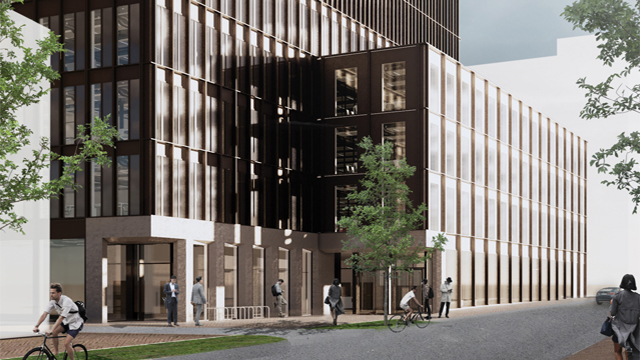Having experienced significant yield compression, the Paris office sector is now at a carrefour.
The time is right to sell. But against a backdrop of low overall first-quarter investment volumes, there is deadlock between prime Paris property owners and would-be buyers. Sub-5% yields are putting buyers off – so much so that investors are approaching consensus and refusing to pay the prices being asked by Paris sellers.
More than ever, the complaint that Paris lacks suitably priced stock is now entirely justified. However, there are opportunities to invest in the city’s office sector; German funds and French real estate investment trusts (SIICs) are now putting assets on the market.
While sellers will need to be less demanding if investment volumes are to improve, buyers may also need to be less fussy – notably on location. A slight move towards secondary locations is happening, but only for new assets that tick green boxes and that have committed tenants.
With Paris’s prime property showing its age, a move to finance new speculative developments may be on the horizon. For now, few international investors have made that move.
Moribund retail sector
After an impressive 2010, France’s retail sector now sits in the shadows. A lack of product for sale is hampering investment activity. With 2010 consumer spending only slightly up on 2009, the medium-term outlook for French retail, dominated by the out-of-town concept, may seem unexciting.
There are risks, however. Oversupply could rock the retail boat. Unemployment is above 9%, its highest level since 1999, according to France’s state statistics body, INSEE, and it remains a concern, particularly with an election in 2012.
“The election could have an impact on consumer confidence this and next year,” says Hammerson’s director for France, Jean-Philippe Mouton. “We saw consumer spending come back last year and, although not extraordinary, it was nevertheless a good sign.”
Also of concern is the evolution of French retail as consumers embrace online shopping.
However, several investors have French retail on their shopping list, including Grosvenor and Union Investment, the latter of which is embarking on a strategy of diversification. The trading of stakes in shopping centres may continue, as seen last year when Allianz Real Estate and the Korean Pension Fund took holdings in Hammerson assets.
Although the sale of portfolios is yet to return to France, regional investment is recovering and the green issue could be a deciding factor for investors in both the French office and retail sectors. Green certification now has many buyers in a dilemma. Location is at loggerheads with asset quality. For Paris investors, a top-grade property in a secondary location is food for thought. But top-grade real estate in, for example, central Lyon or Marseilles, where yields are around 6%, is another option.
On first-quarter evidence, investment has still been predominantly in the Paris region. Of the total €2bn spent in the first three months of this year, €1.3bn was in Ile-de-France. Around €450m was spent on one asset, Europa Avenue, by Generali and Predica.
Savills still expects a total of €14bn of real estate investment for 2011, which would be a slight improvement on last year’s €13.3bn.










